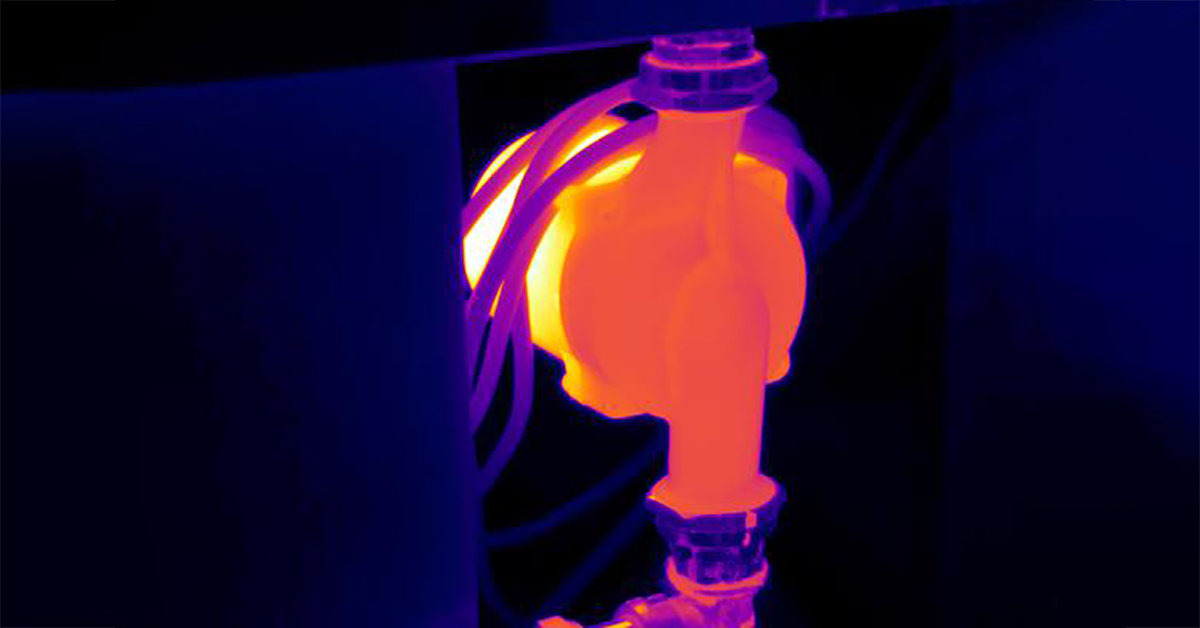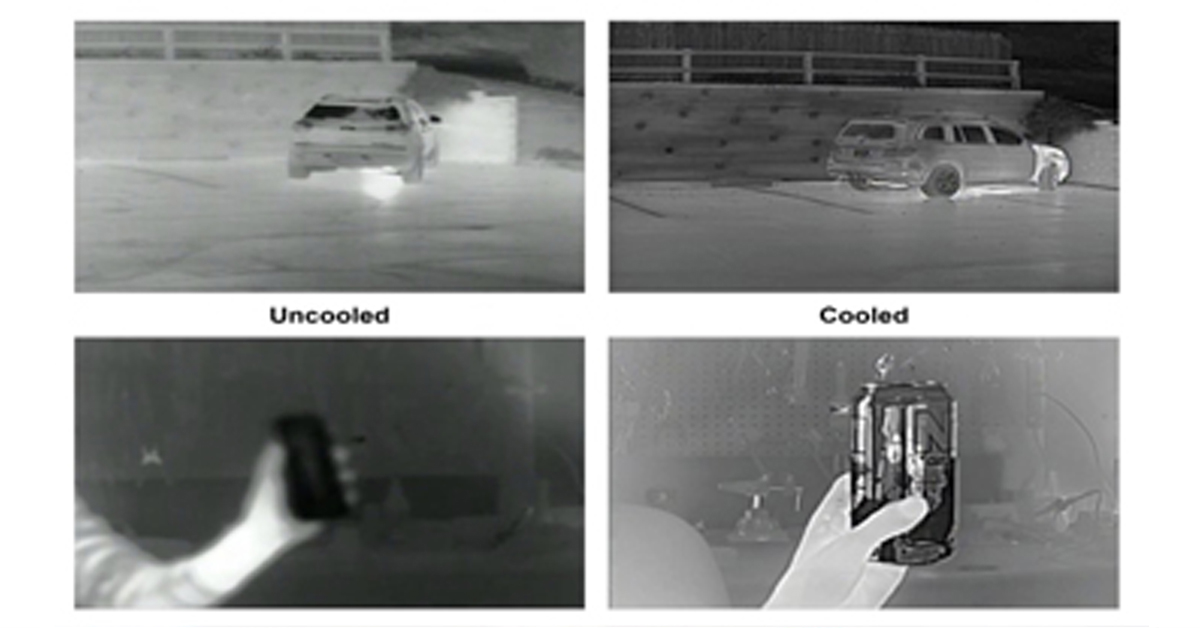
Thermal Cameras Reveal How to Keep Your Home Cool During a Heat Wave
Recorded hot temperatures remind us how difficult it can be to keep your home cool during a heat wave, no matter how many fans you turn on or how high you turn up the air conditioning. If your house is hard to cool down, you may be fighting against invisible building maintenance problems. Check out what a thermal camera reveals you should do to ensure your home stays cool during the summer.
Fix the Air Leaks in Your Home
Adequate air exchange is important for your comfort, health, and safety, but most buildings have a far higher rate of air leakage than necessary. The root cause is often poor design or construction, resulting in air leakage through chimneys, attics, wall vents, and badly sealed doorways, allowing cold air to escape and hot air to infiltrate.
The source of these drafts can be extremely difficult to detect. With a thermal camera, you can see the movement of hot air in and cold air out and detect leaks.
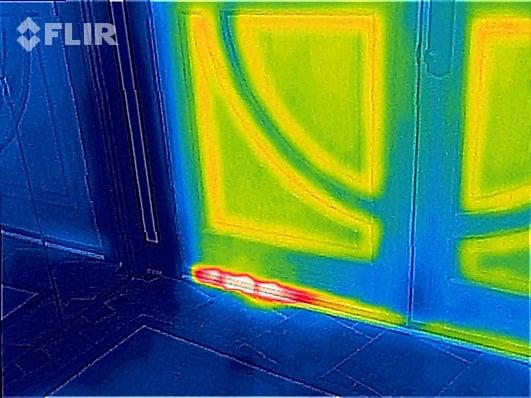
Air leak through a poorly sealed doorway.
Install Missing Insulation
Is insulation not for keeping you both hot and cold? Insulation in your home is actually important for both. The role of insulation is to prevent heat transfer, and works both to prevent heat from coming in as well as keep heat out. If you can cool your house down to a reasonable temperature, proper insulation will ensure it stays at that temperature without you needing to run the air conditioning 24/7.
Thermal imagers reveal where insulation might not have been installed properly and is letting heat into your home.
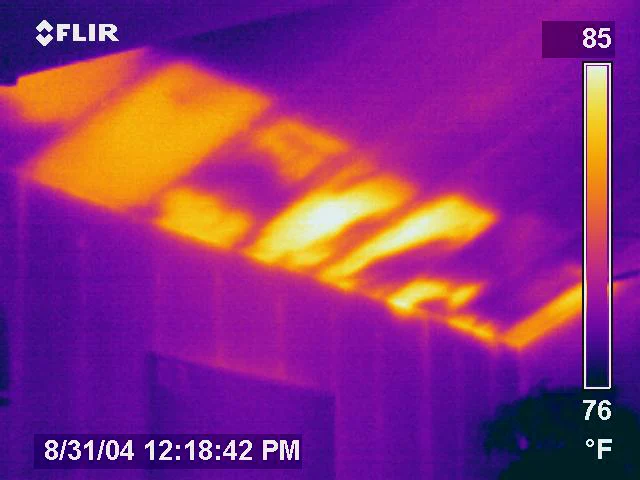
Insulation that has shifted, allowing for heat transfer through the ceiling.
Replace Old or Single-Pane Windows
The US Department of Energy estimates that heat gain and heat loss through windows are responsible for 25–30% of residential heating and cooling energy use. Older, single-pane windows, especially those with poor insulation around the window frame, are a particularly big energy drain.
If a thermal camera reveals high heat transfer through your windows, a long-term cost-saving measure is to upgrade to more energy-efficient windows.
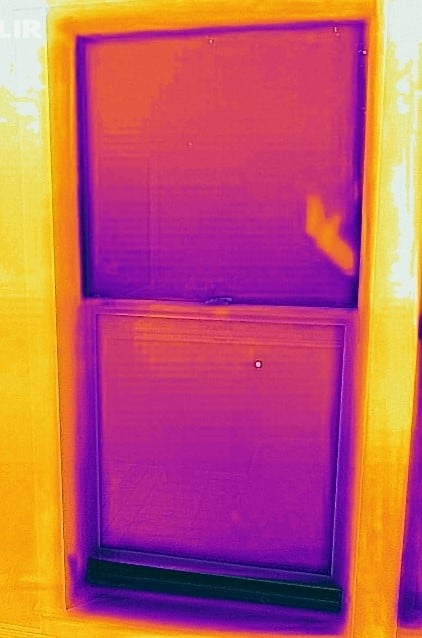
Energy inefficient windows allow a large amount of heat transfer.
Blog Posts


Thermal Camera Selection
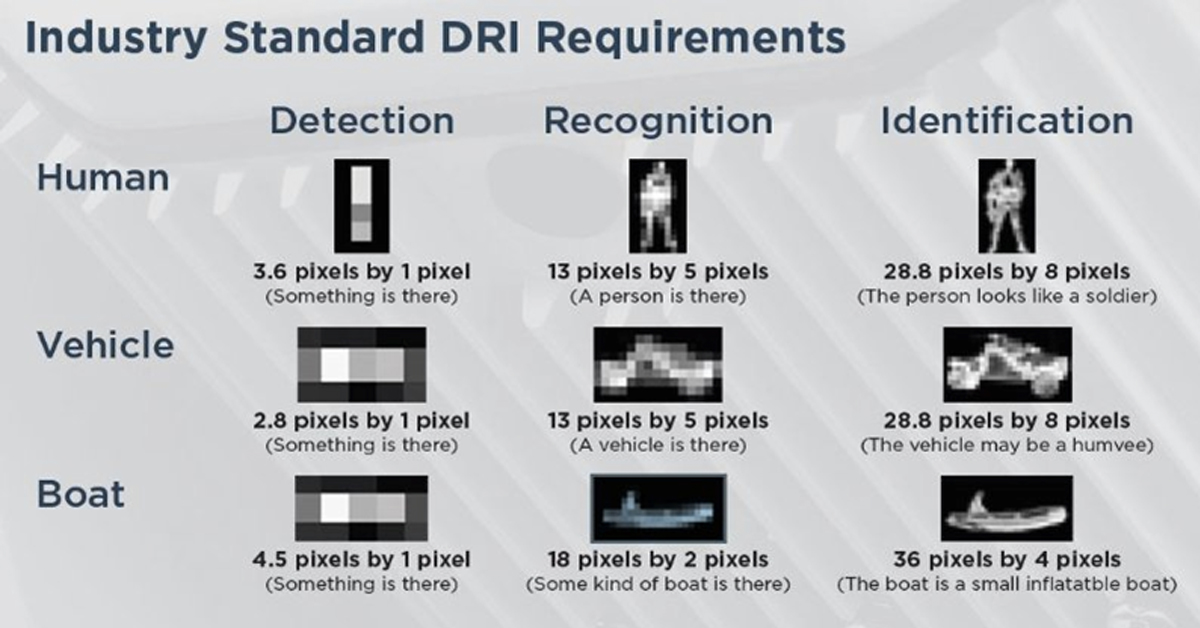
How Far Can I See?

How Should Human Temperature Be Measured?

What is Wide Dynamic Range?
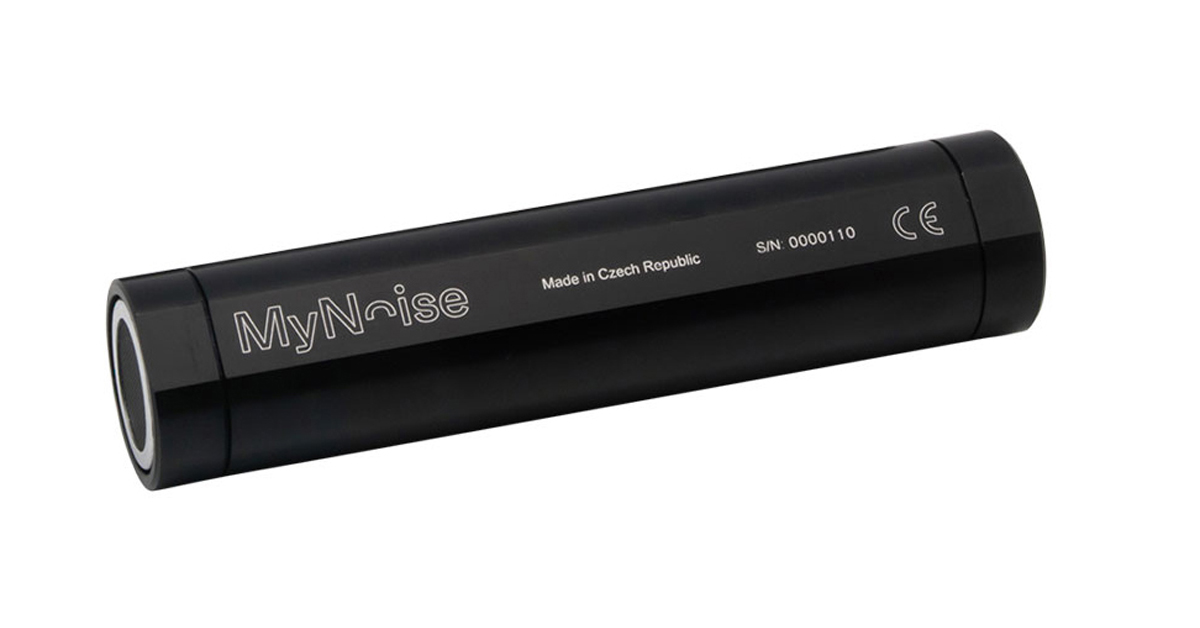
MYNOISE AUDIO MIXER REVIEW

WHAT IS A WIRELESS DISTRIBUTION SYSTEM?

POE VS. POE+ VS. POE++: CHOOSING THE RIGHT INDUSTRIAL ETHERNET SWITCH FOR YOU
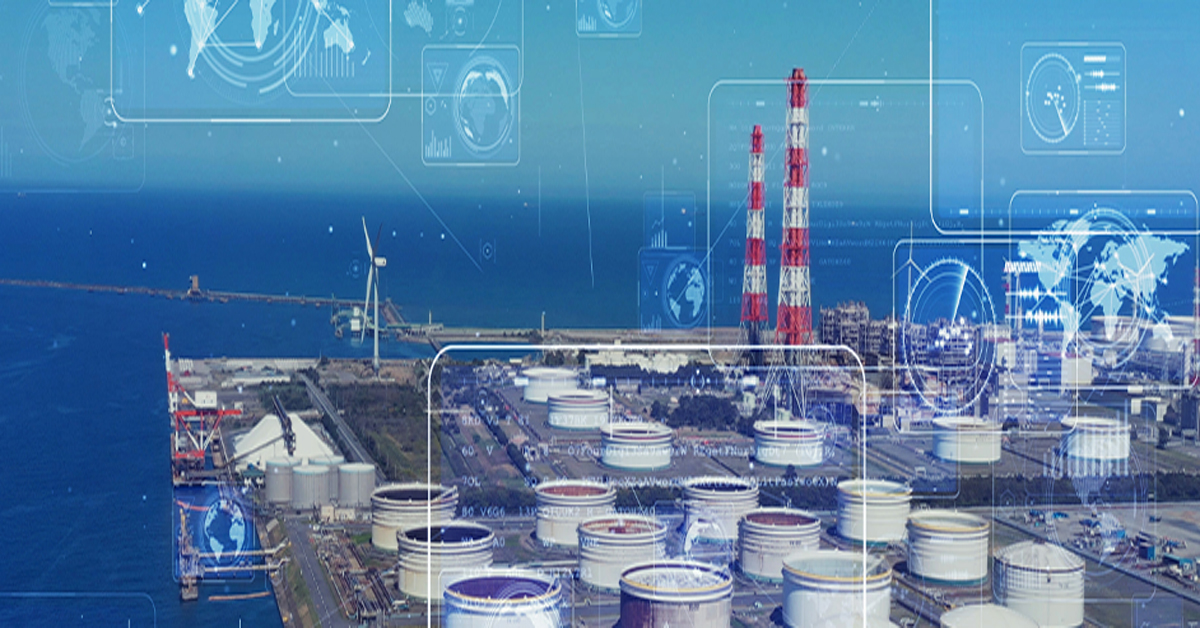
INDUSTRY-LEADING INDUSTRIAL ETHERNET SWITCHES

UNDERSTANDING WHAT THE INDUSTRIAL INTERNET OF THINGS IS
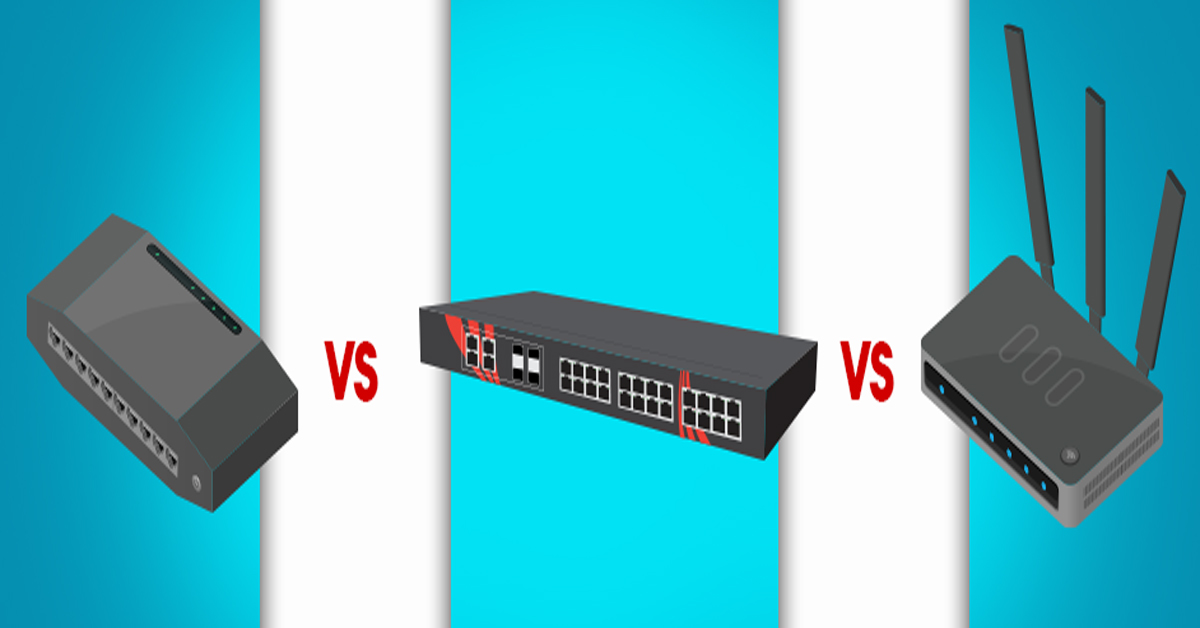
THE DIFFERENCE BETWEEN A HUB, SWITCH, & ROUTER
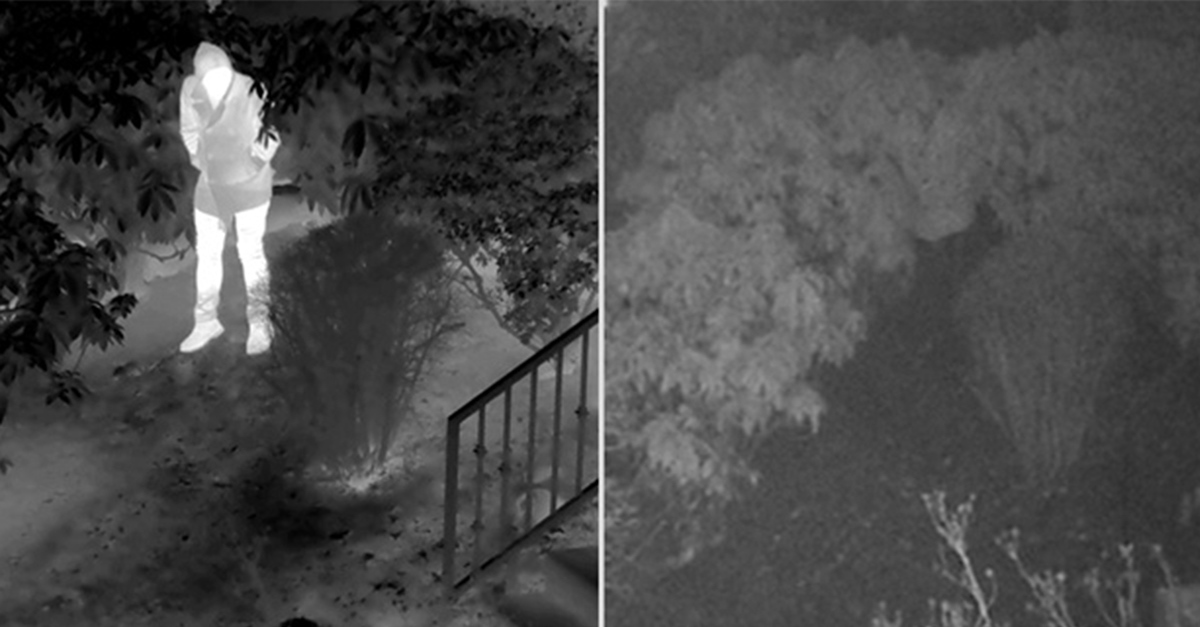
5 Benefits of Thermal Imaging Cameras
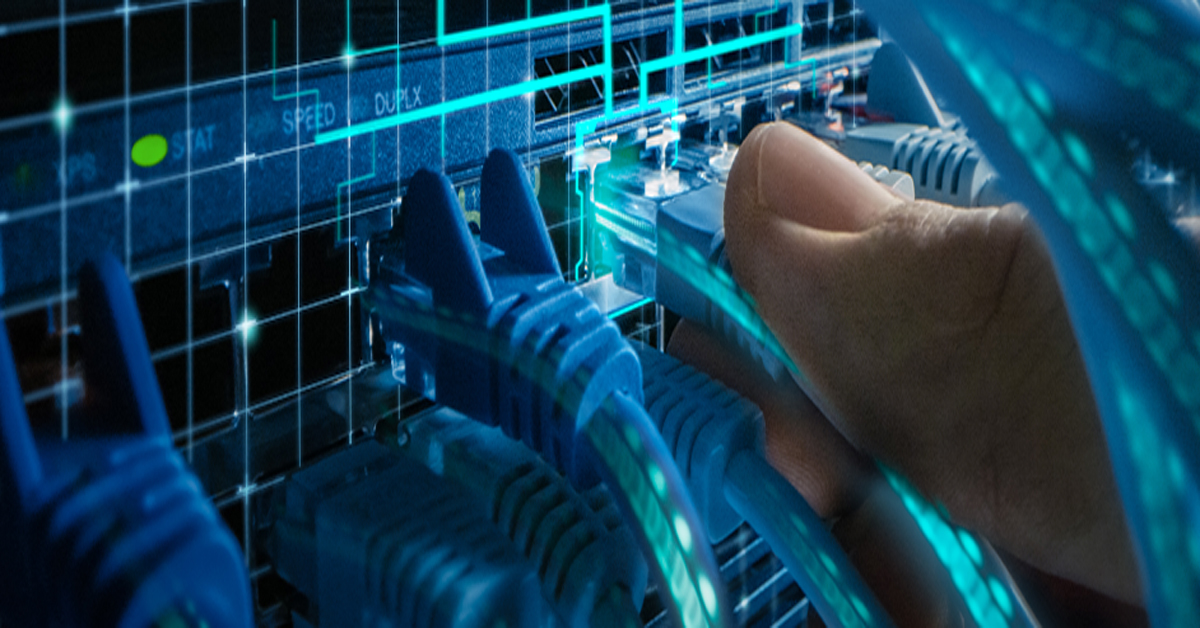
DIFFERENCE BETWEEN INDUSTRIAL ETHERNET AND REGULAR ETHERNET

INDUSTRIAL NETWORKING EQUIPMENT USED FOR AUTONOMOUS VEHICLES

CYBERSECURITY: PROTECTING INDUSTRIAL CONTROL SYSTEMS

HOW INDUSTRIAL NETWORKING CAN PROVIDE SECURITY FROM DRONES
.webp)
Thermal Cameras Reveal How to Keep Your Home Cool During a Heat Wave
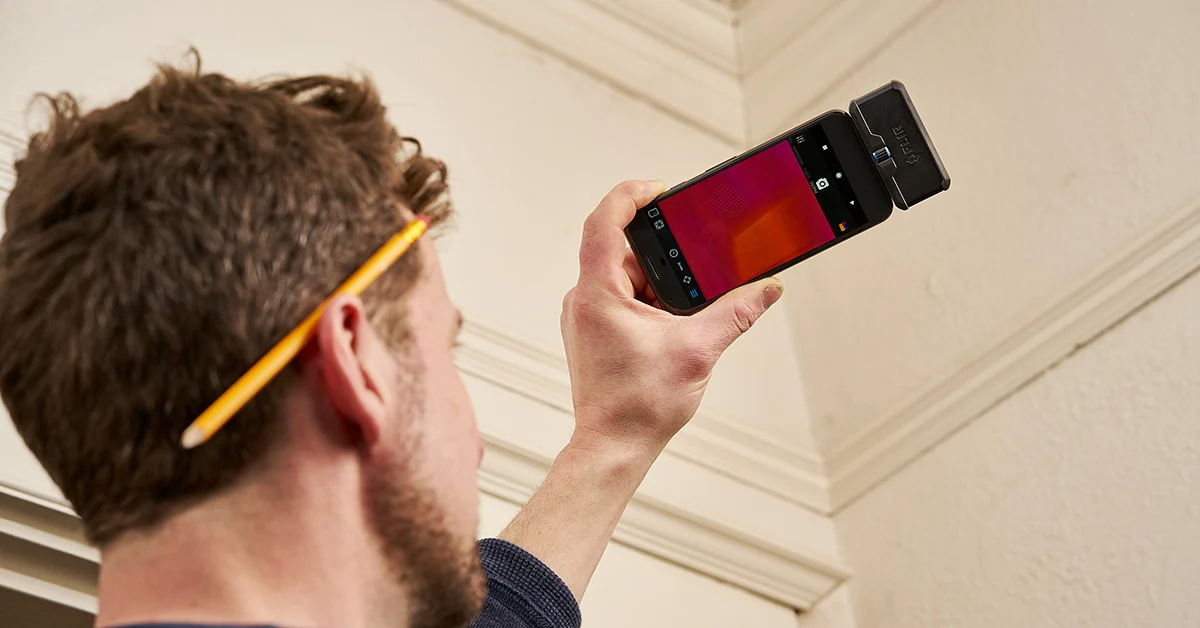
FLıR ONE PRO
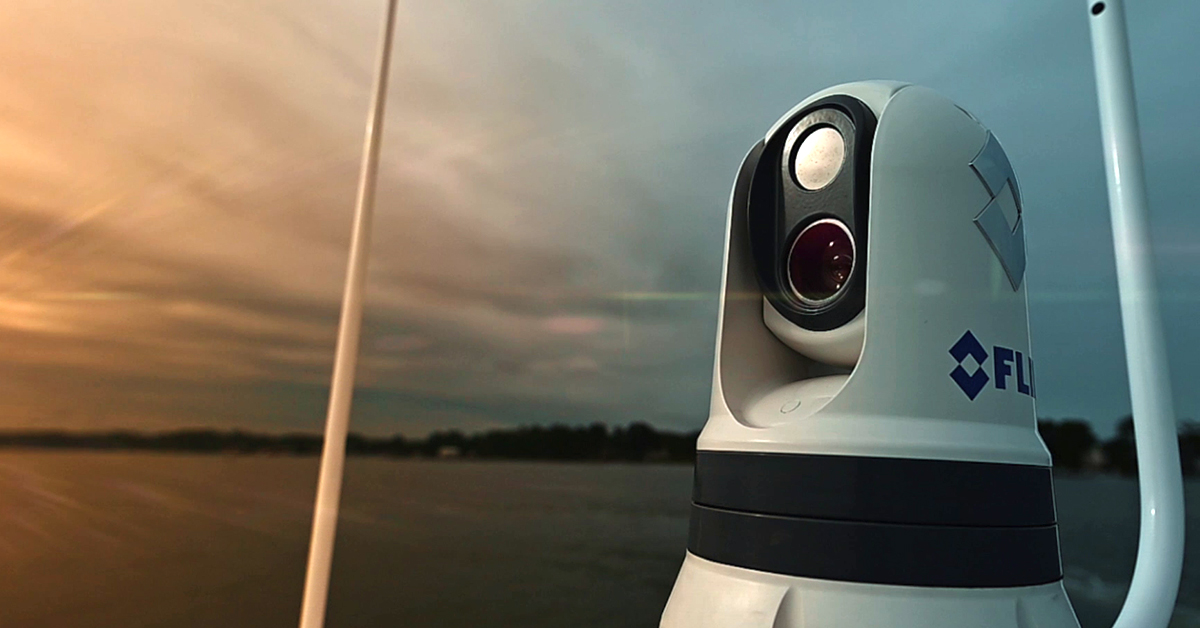
On the Water with the FLIR M364C
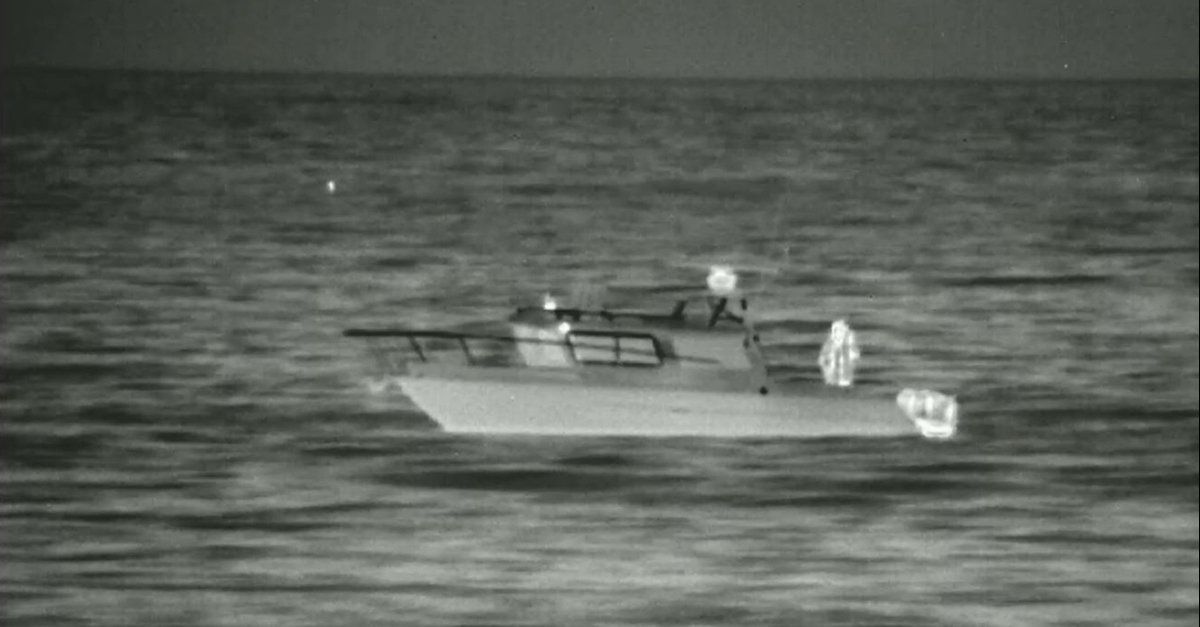
Unmatched Maritime Awareness with Cooled Thermal Imaging

What Is the Right Handheld Thermal Camera for You?
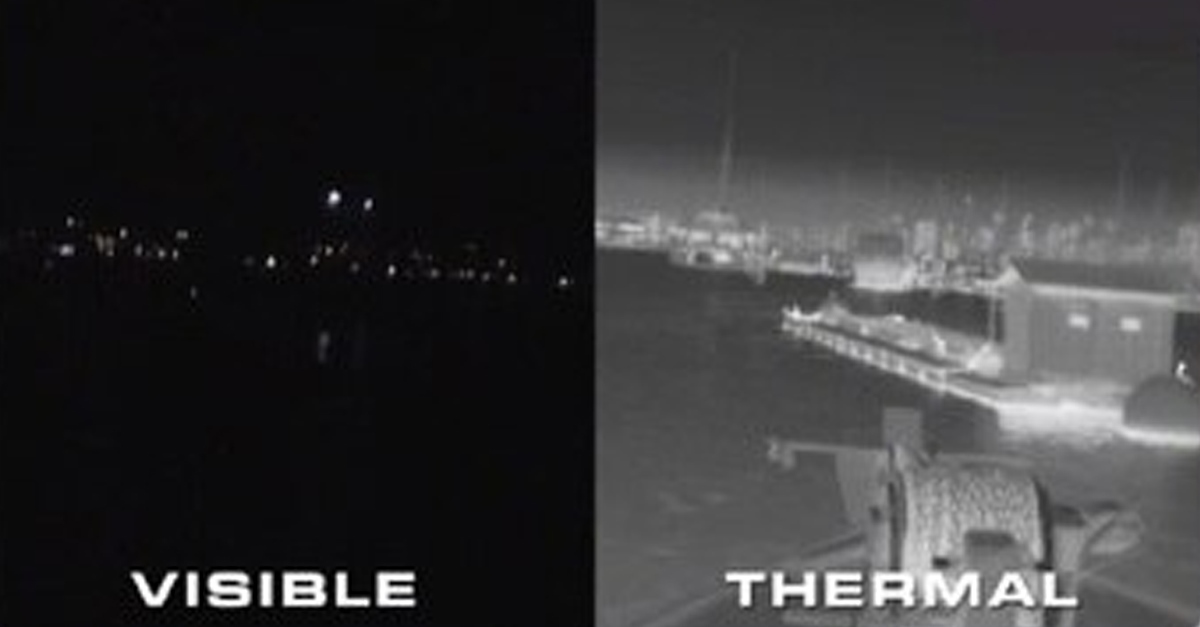
Camera Resolution and Range

Special Applications for Marine Cameras

What’s The Difference between Thermal Imaging and Night Vision?

Can Thermal Imaging See Through Fog and Rain?
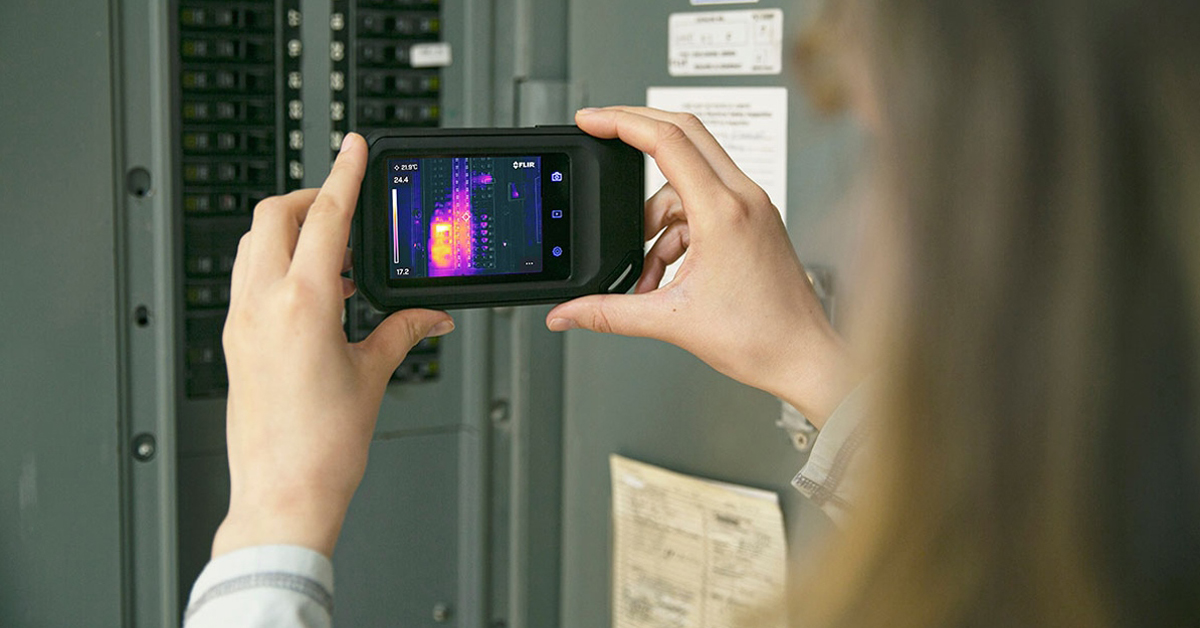
Which Cx-Series Camera Is Right for You?
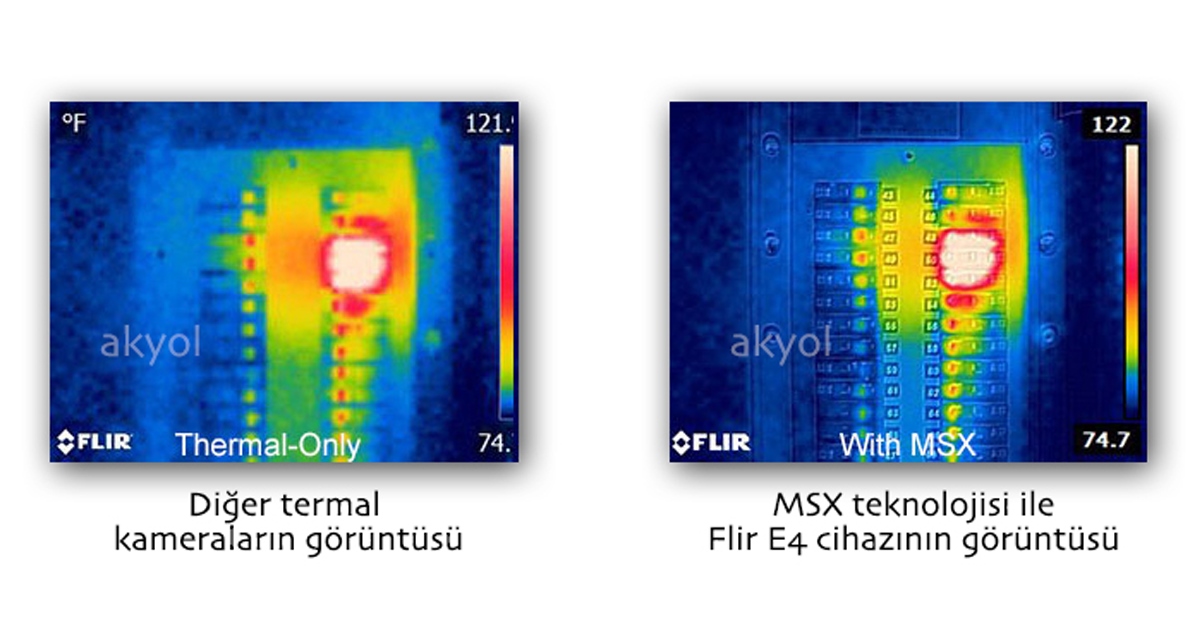
What is MSX®?

Five Reasons Maritime First Responders Need Thermal Imaging
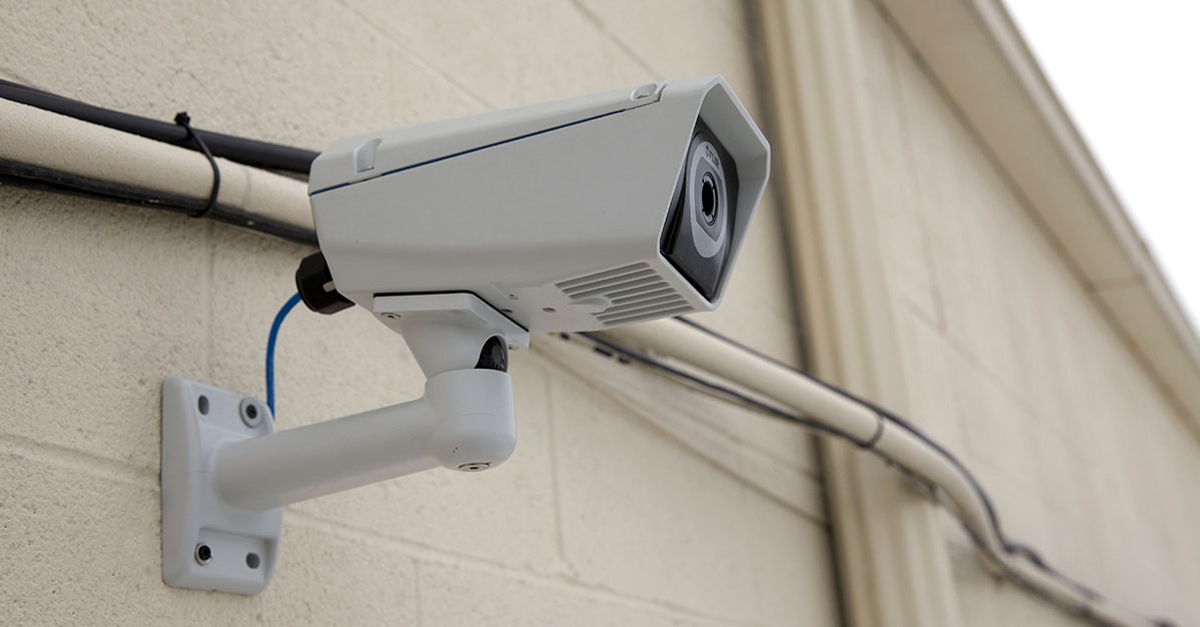
3 Distinguishing Features of Superior Thermal Cameras
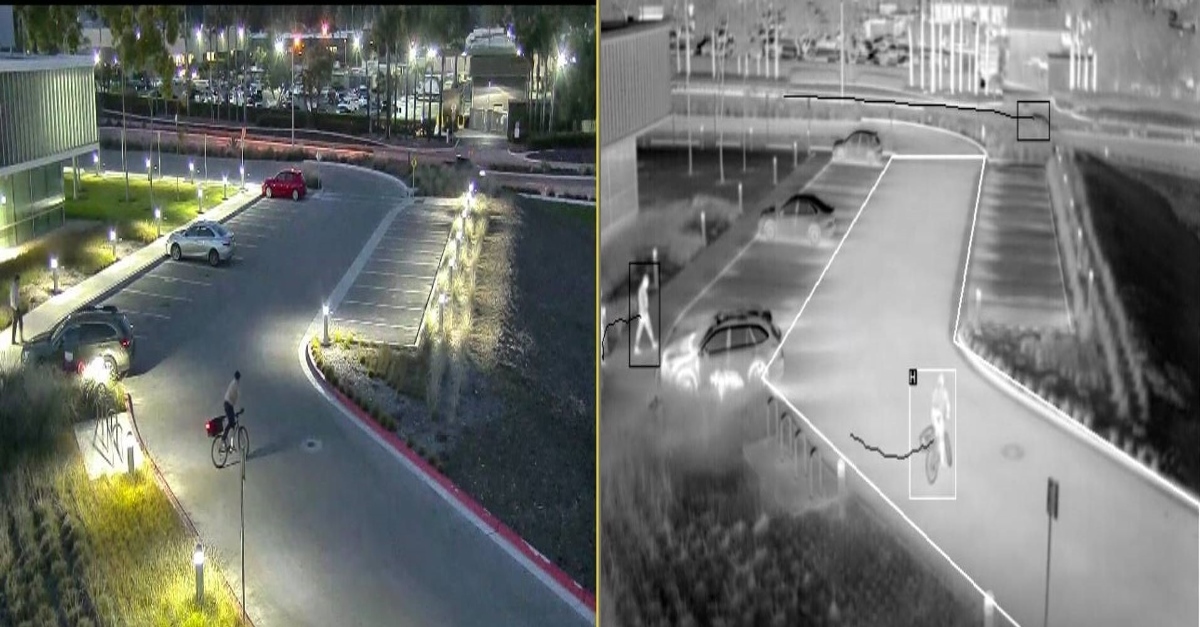
Determine Which Visible and Thermal Security Cameras You Need
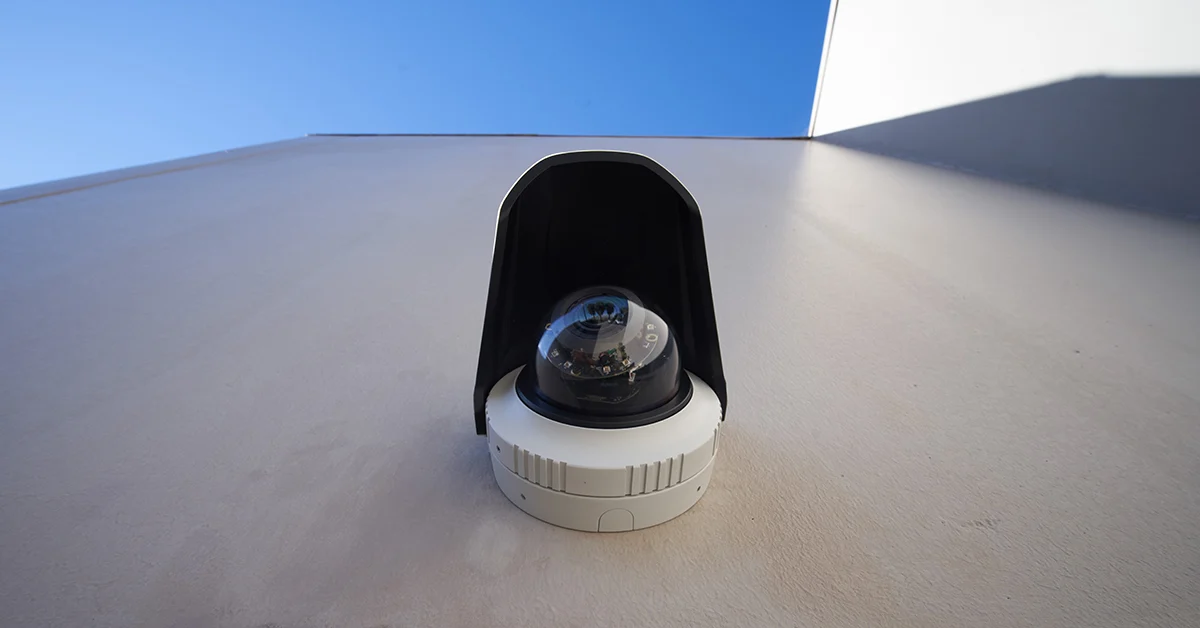
Bullet vs. PTZ vs. Dome: Which Security Camera Is Right for You?
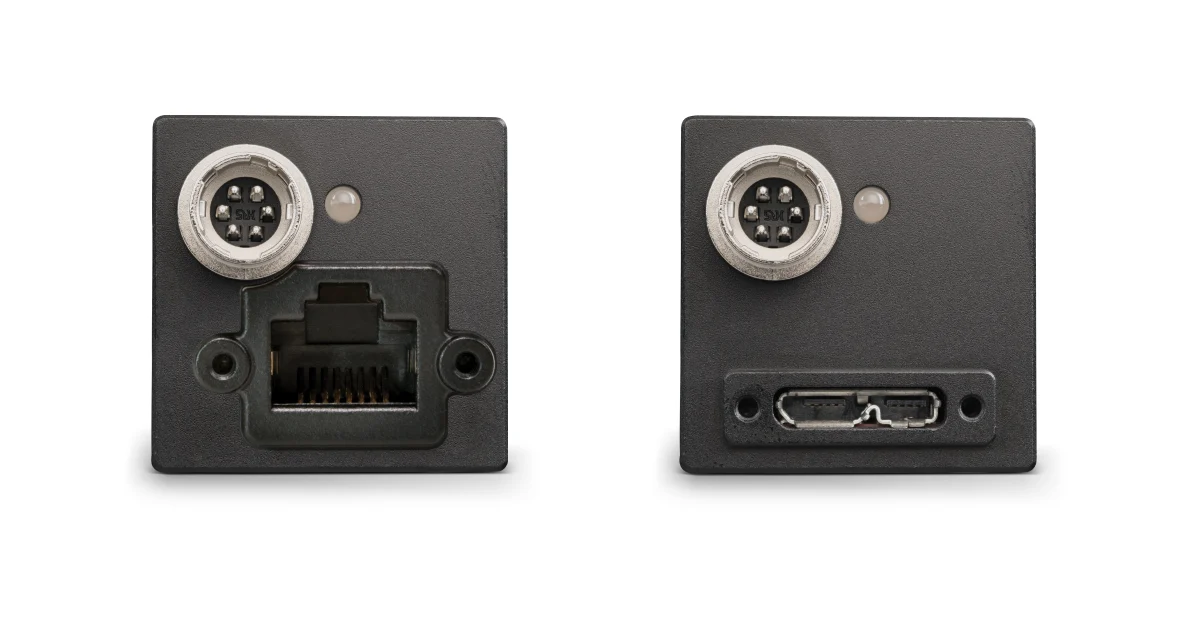
Interfaces for Machine Vision
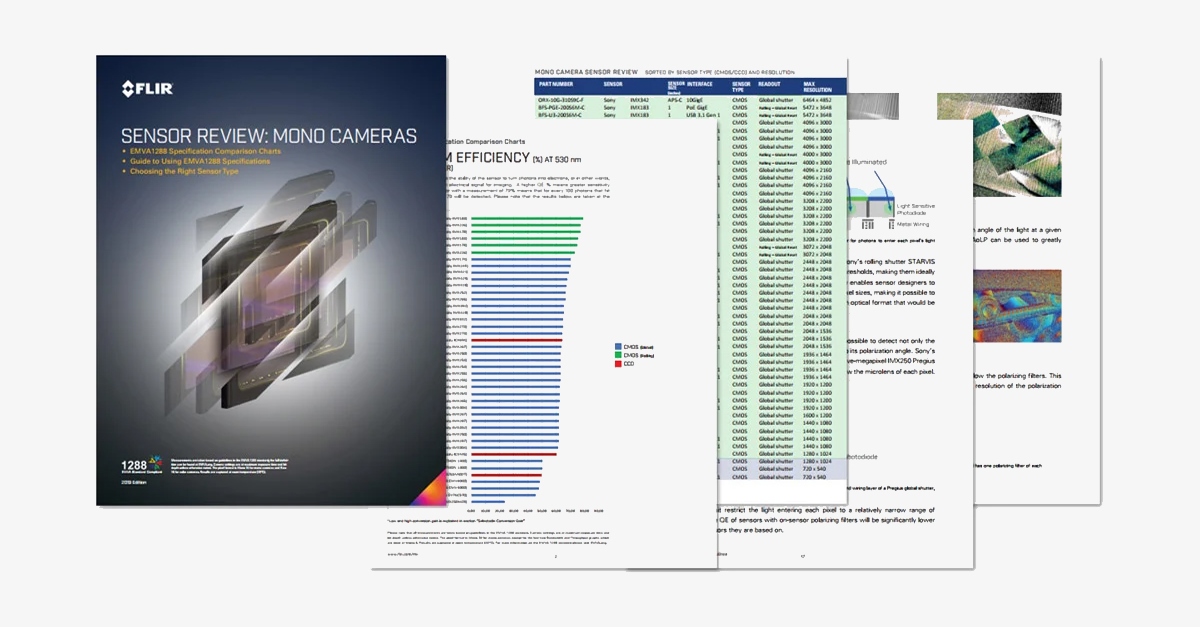
Machine Vision Sensor Review
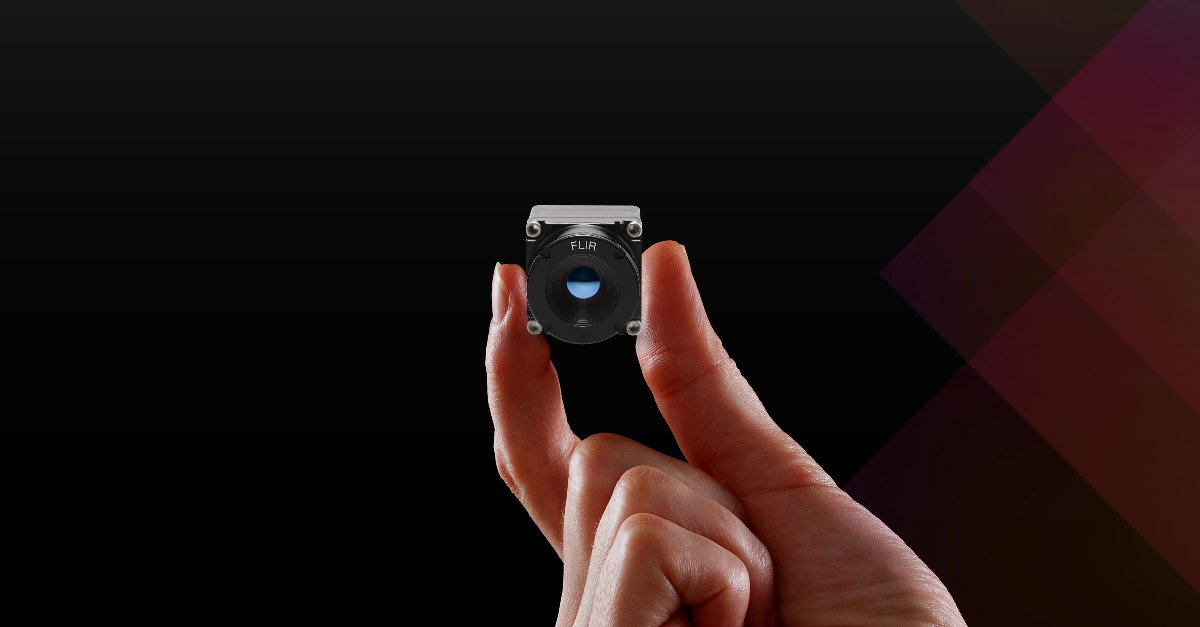
Teledyne FLIR, the Industry Leader, Launches Boson +, a Long-Wave Infrared Thermal Imager Module with an Accuracy of Less Than 20 mK

Whitepaper: IP-Based Security Convergence
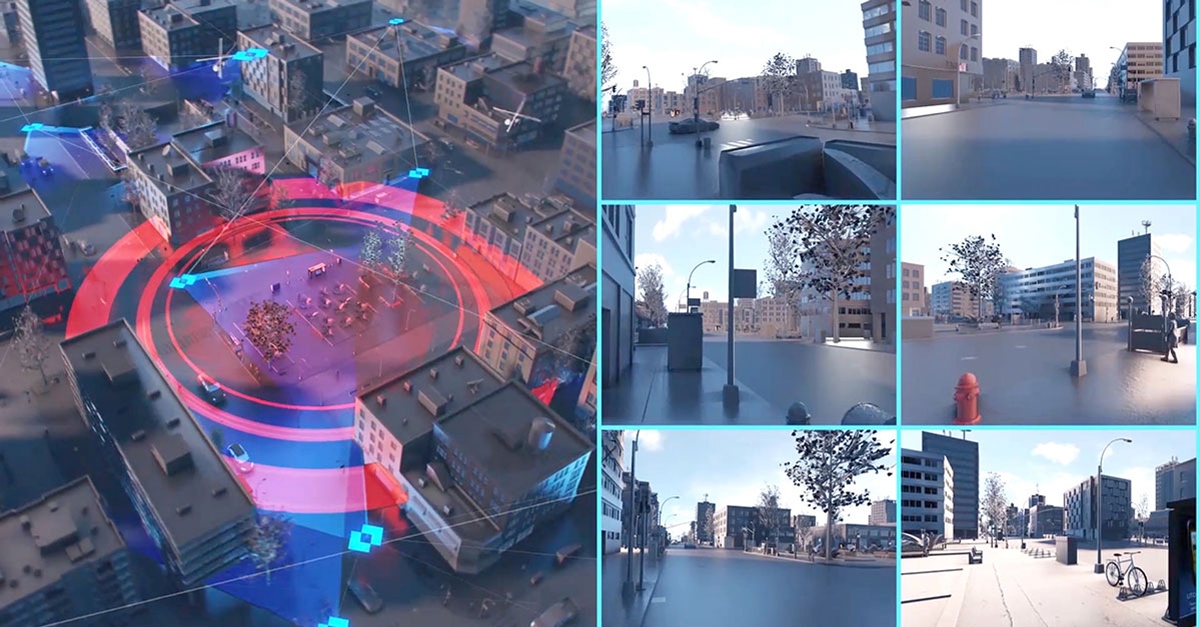
3 Technologies Transforming Safe Cities into Smart Cities
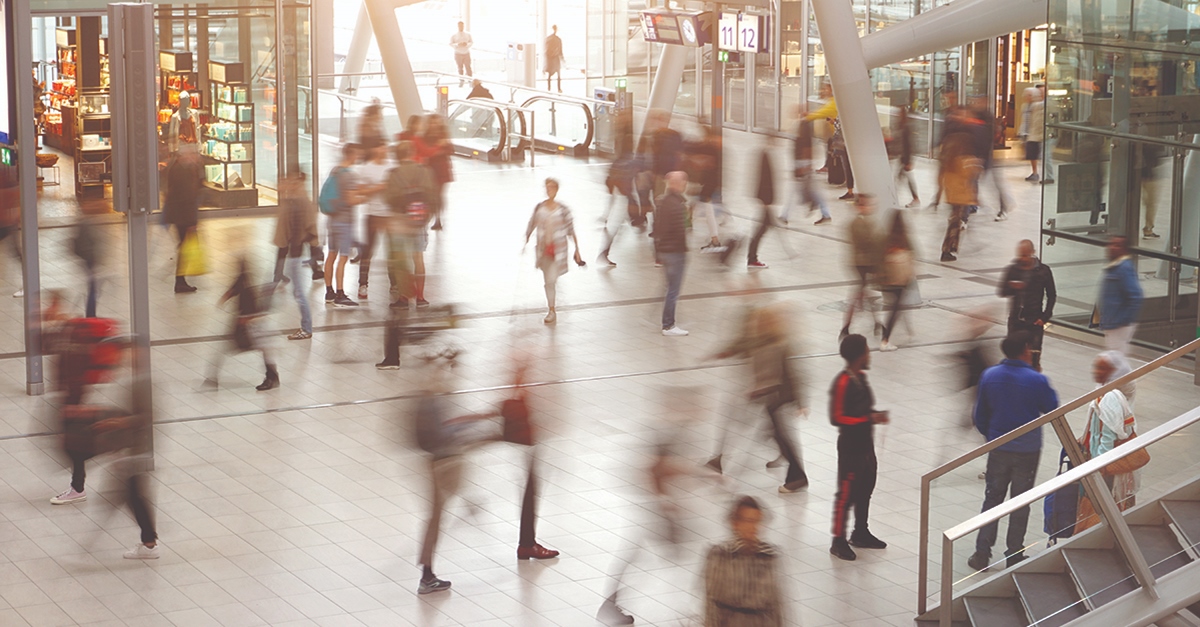
Insights from the Field: Ensuring Workplace Safety Using Thermal Camera Screening for Entry Control

Thermal Night Vision as a Force Multiplier

Can Thermal Imaging See Through Walls? And Other Common Questions
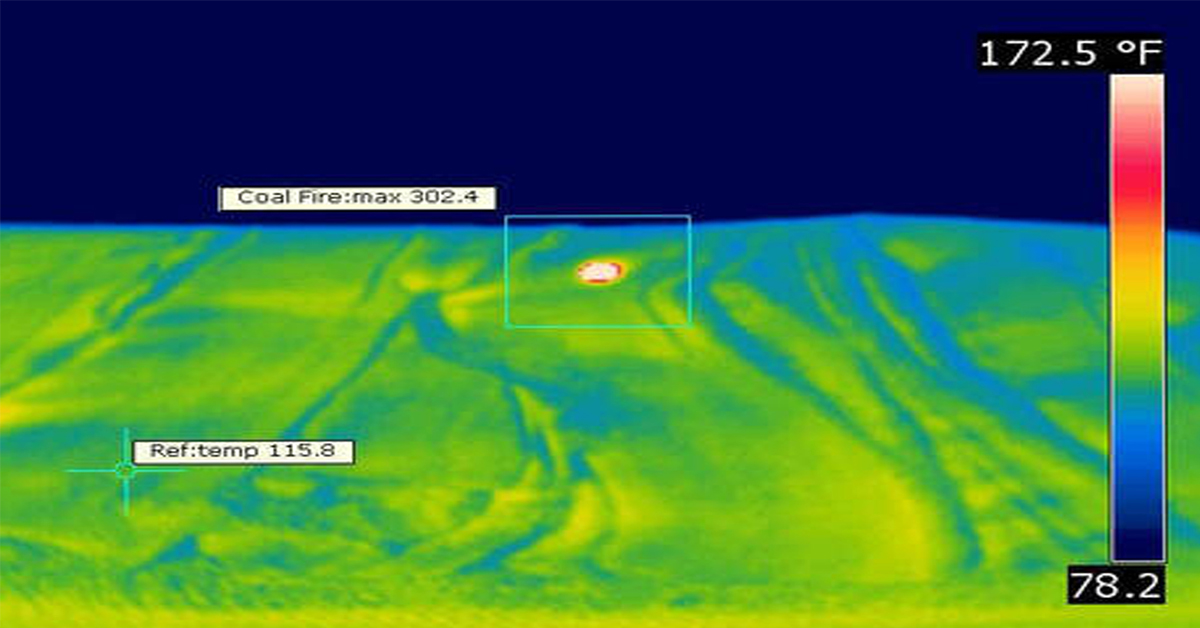
Application Spotlight: Early Fire Detection for Rapid Heat Generation
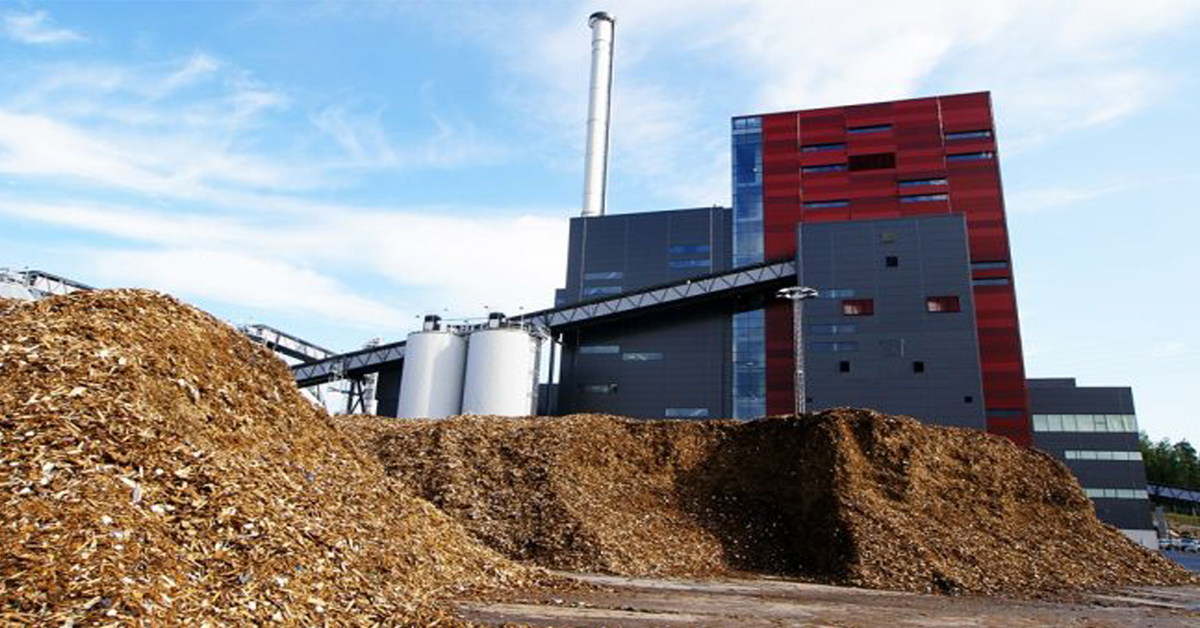
Protect Personnel and Equipment by Detecting Early Signs of Fire
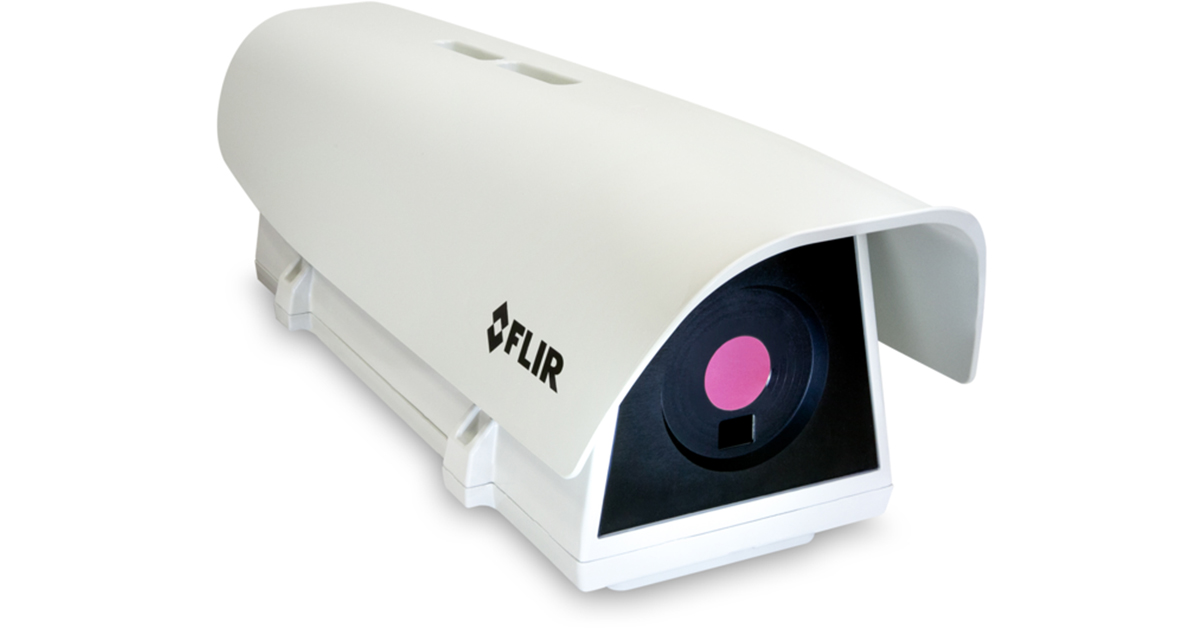
Teledyne FLIR Launches A500f/A700f Cameras for Fire Detection and Condition Monitoring

Thermal Imaging Cameras Help Guarantee Fire Safety in Tunnels
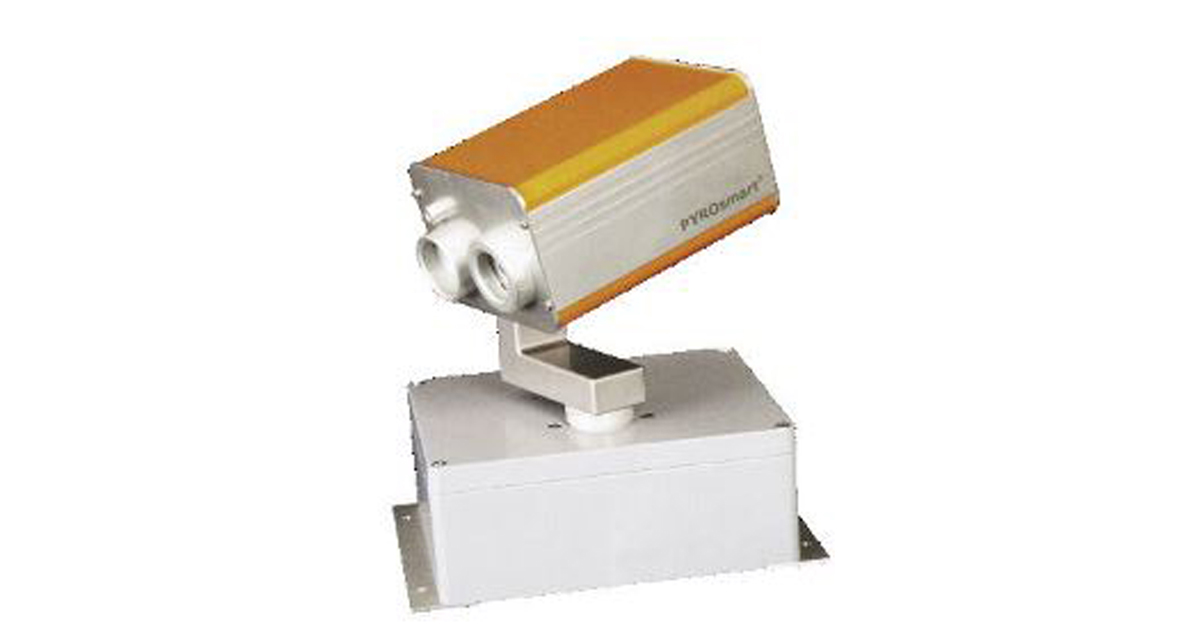
Thermal Imaging Cameras Help to Prevent Fires
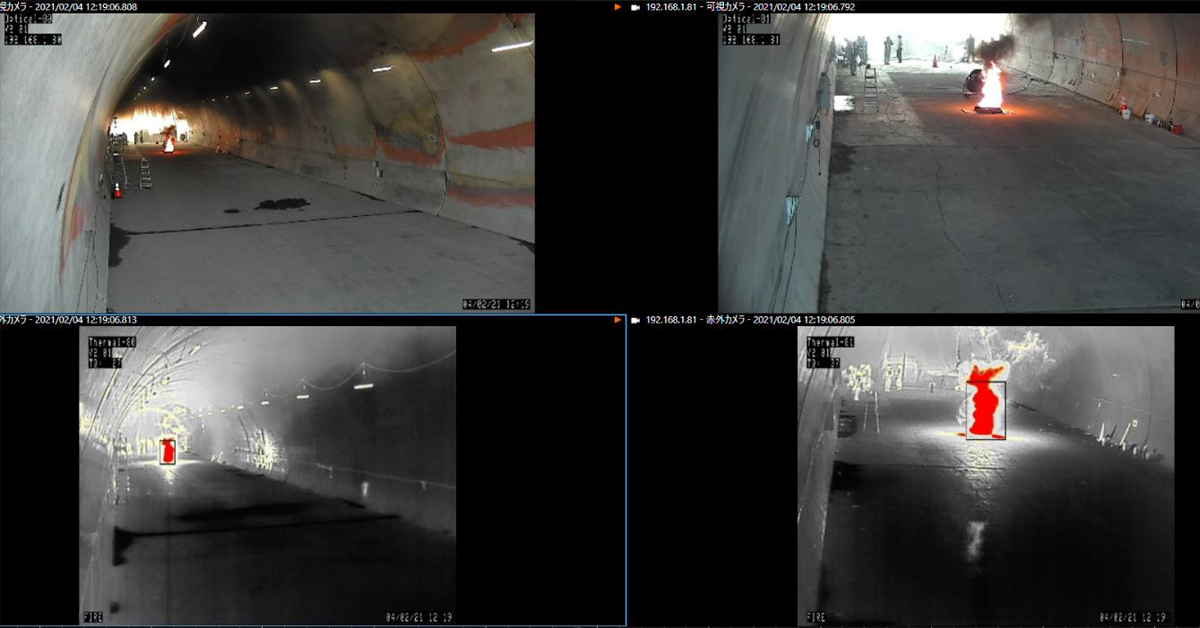
ITS-Series Dual AID Surpasses Standards for Fire Detection Systems in Japan

How Layering Multispectral PTZ Cameras and Radars Improve Perimeter Protection

POWER REMOTE RESET TECHNOLOGY - PRRT

Why Yacht Owners are Adding Thermal Imaging Cameras to Minimise the Risk of Lithium-Ion Battery Fires?

Intelligent Transportation Systems
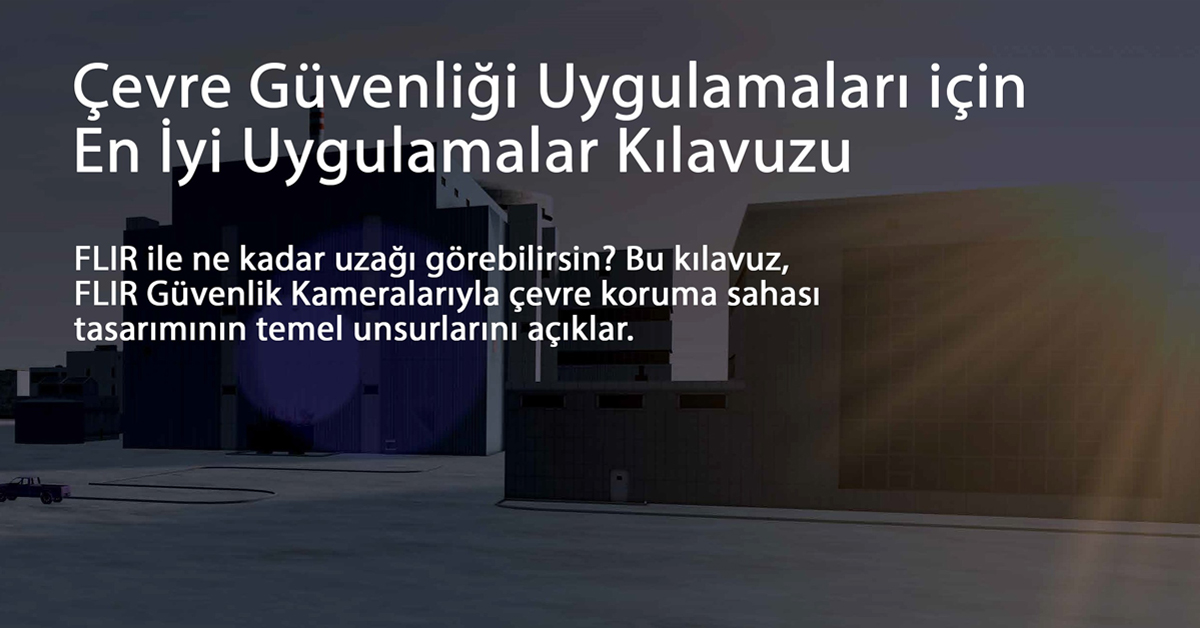
Best Practices Guide for Perimeter Security Applications

Protect Pedestrians, Bicyclists and More with Thermal Smart Sensors
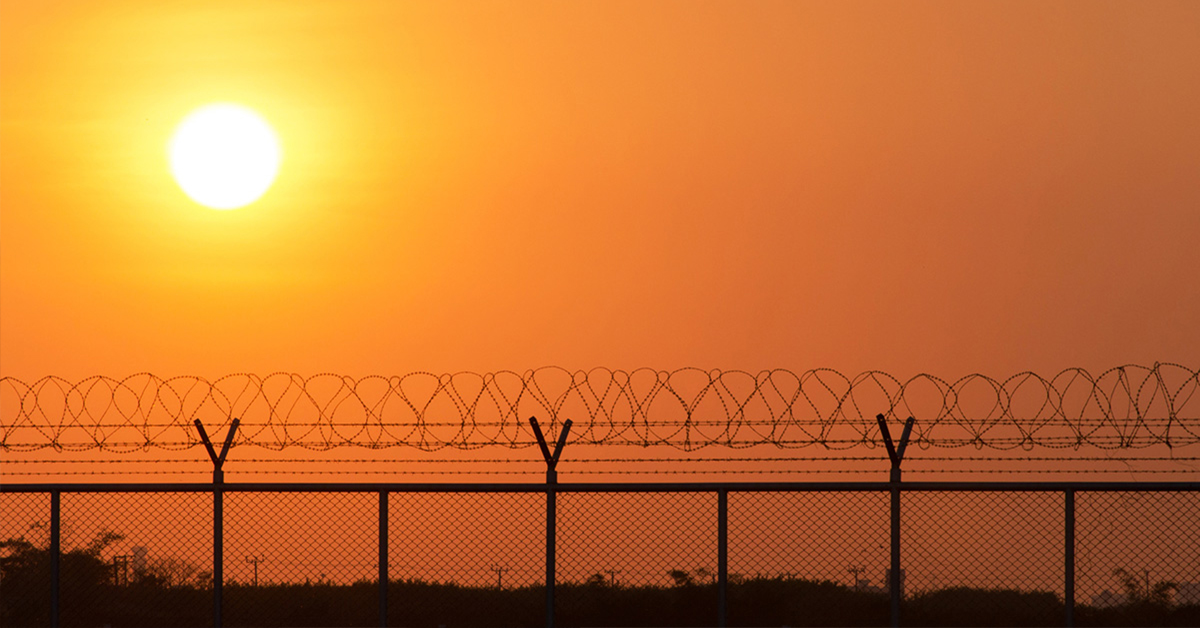
White Paper: Application of Ground-Based Security Radar to Perimeter Systems
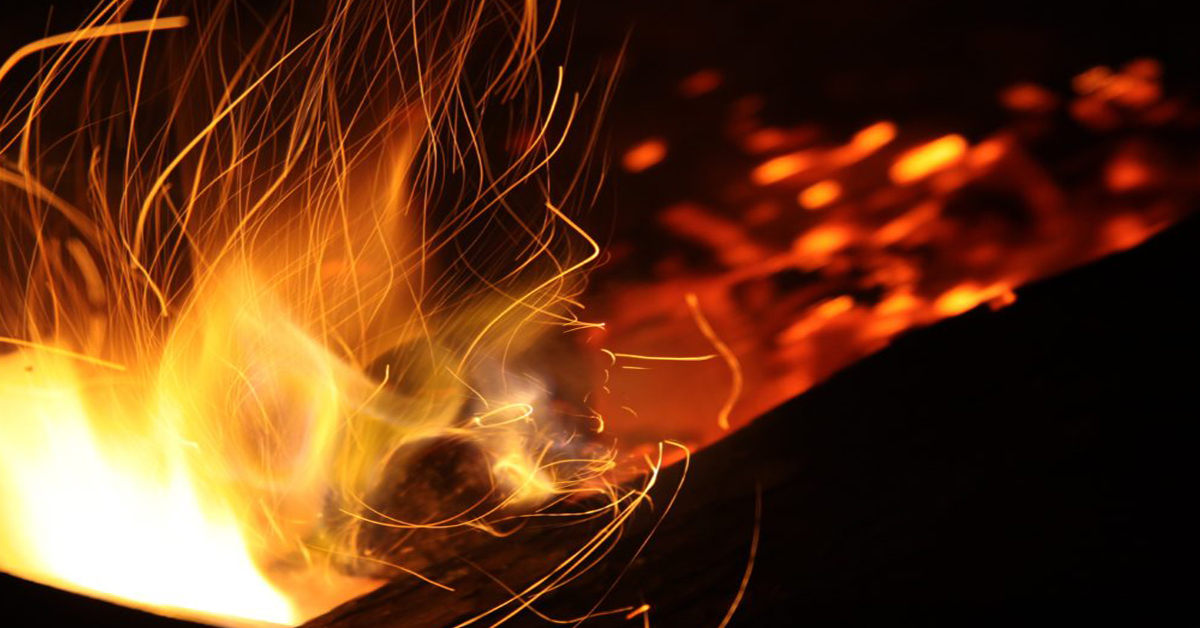
What is Thermal Leakage and How to Reduce Its Risks
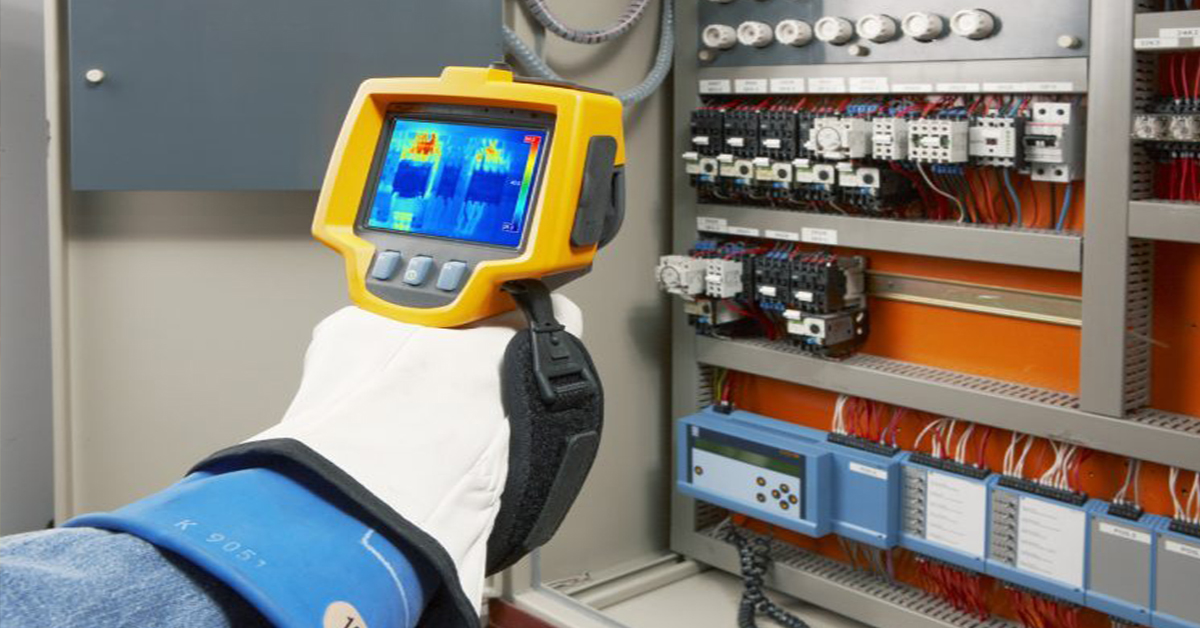
Battery Inspection Using Advanced Thermography
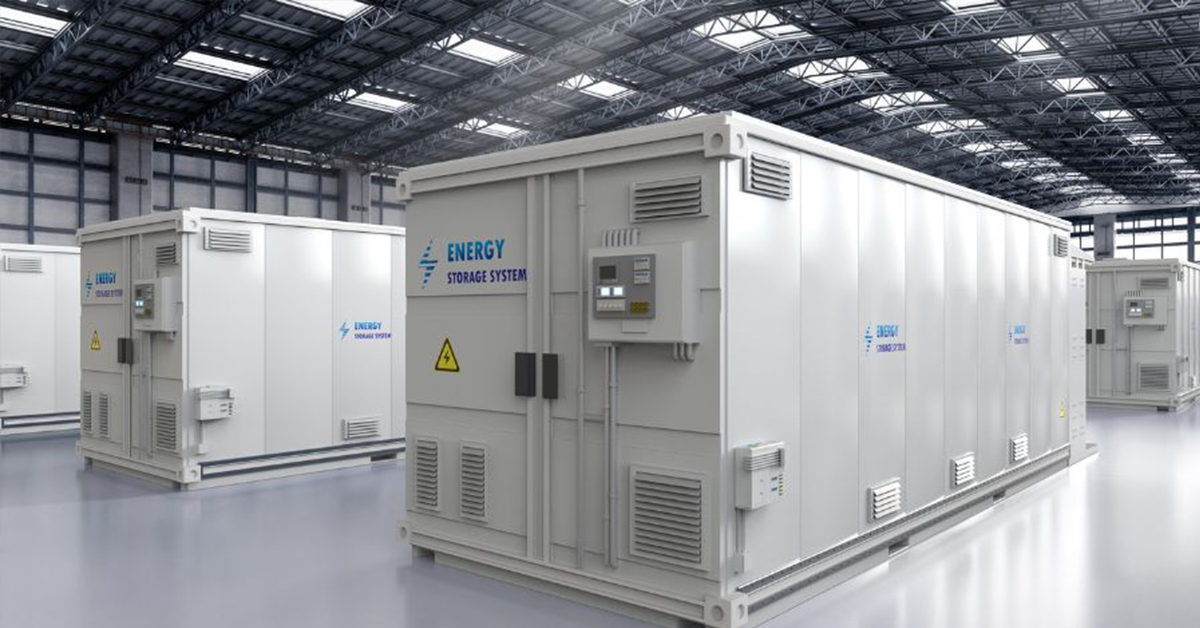
Providing ire Protection for Lithium Battery Storage
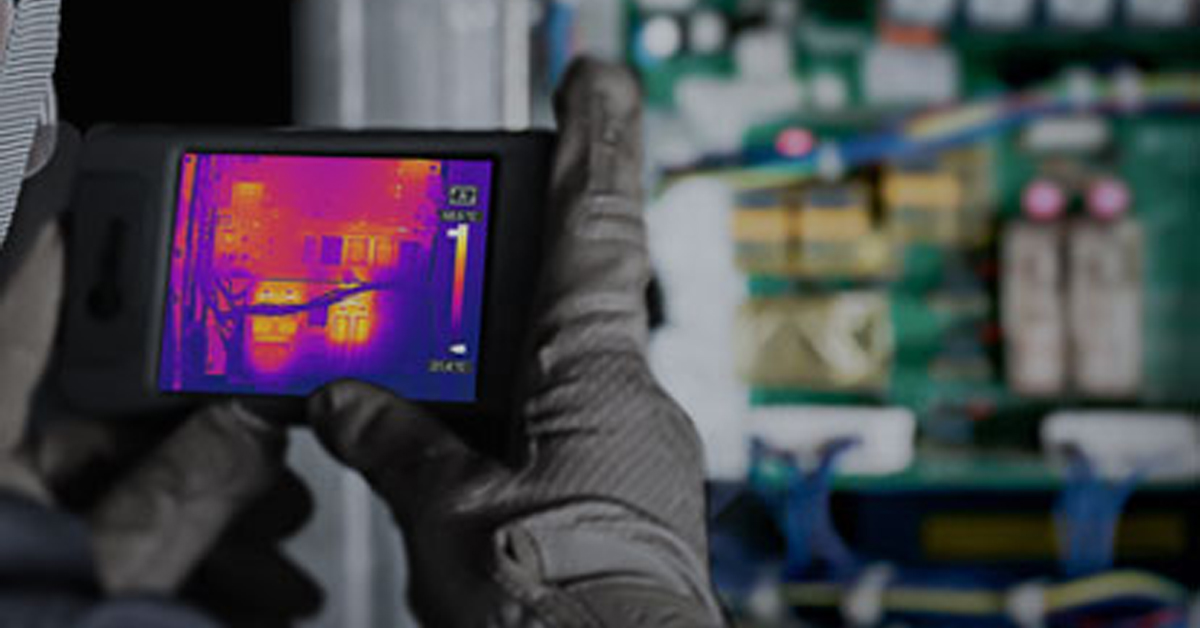
The Power of Thermal Imaging
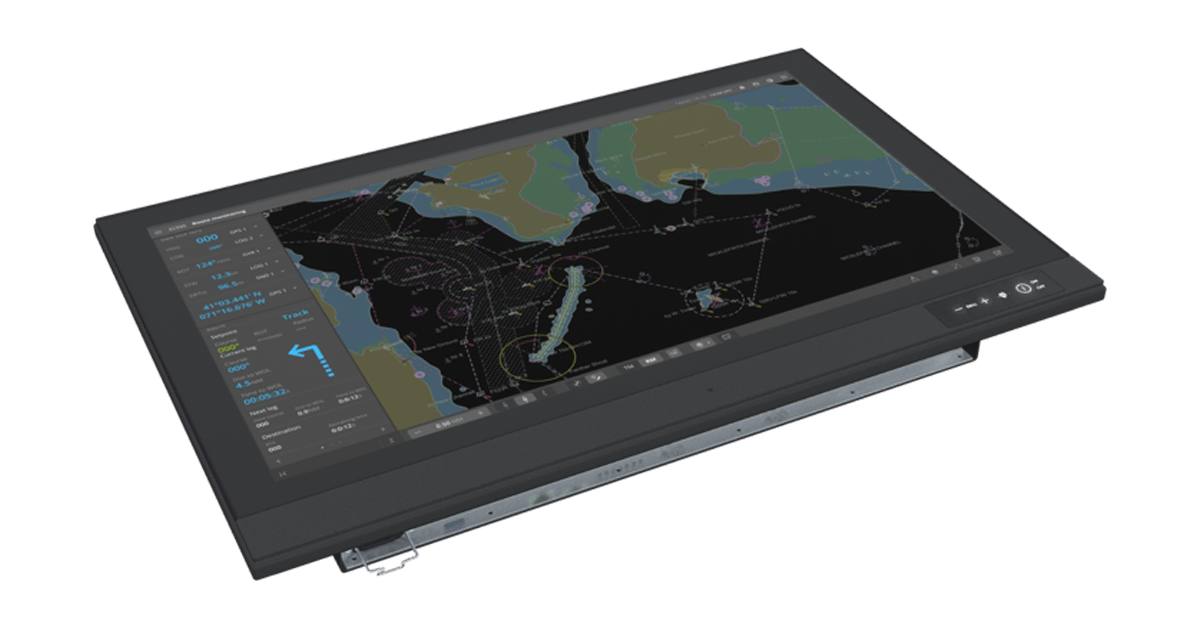
Why Panel PCs Are Perfect For Industrial Applications?

Teledyne DALSA
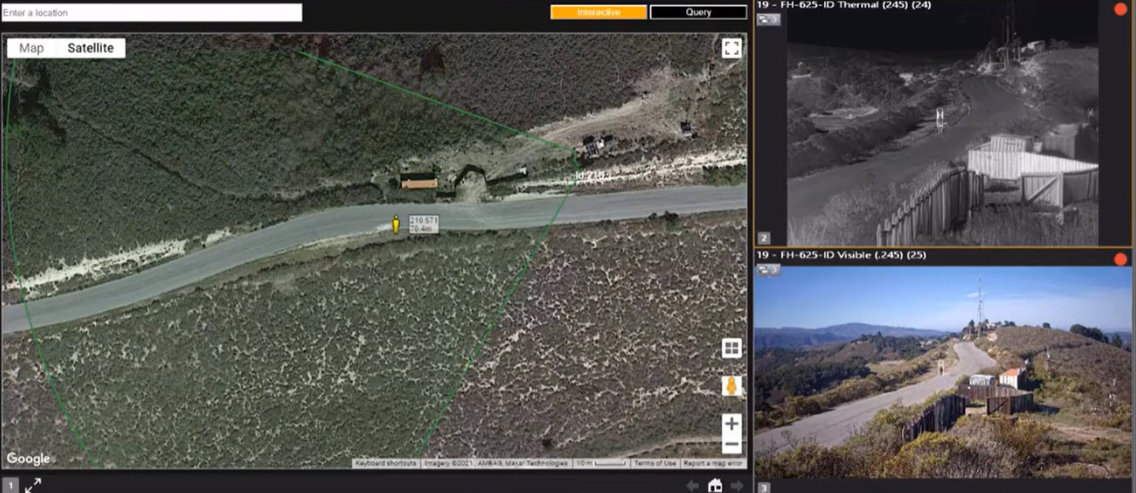
Advantages of Virtual Barrier Video Analytics for Perimeter Security Systems


NASA Takes the Teledyne FLIR Boson Thermal Camera Module Out of this World
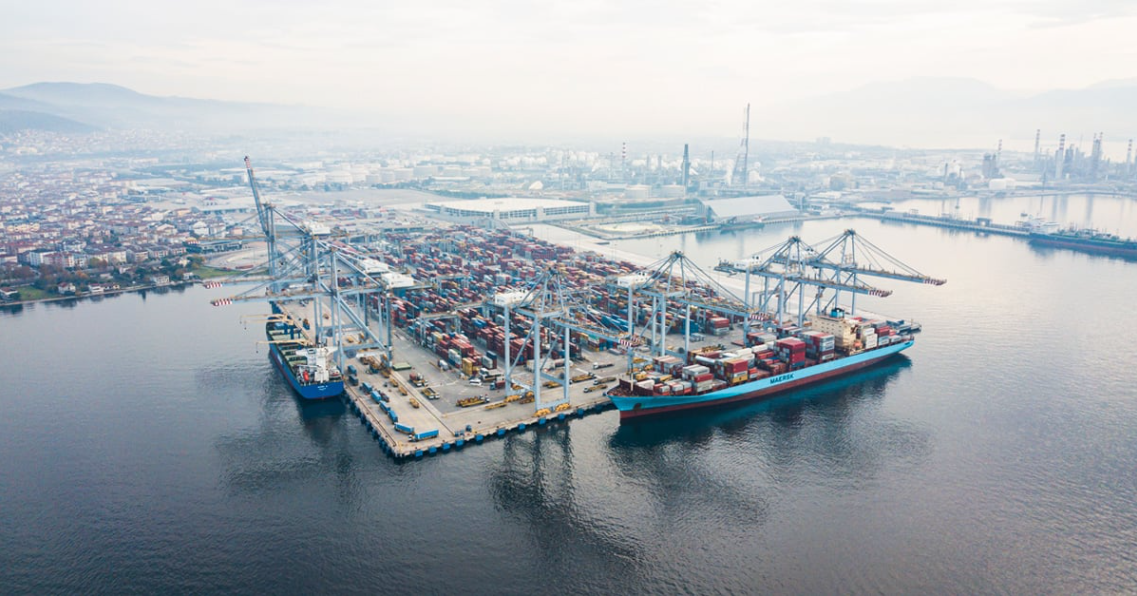
Port Security Enhancement: DP World Yarımca's Trust in FLIR Security Solutions for Effective and Safe Port Operations
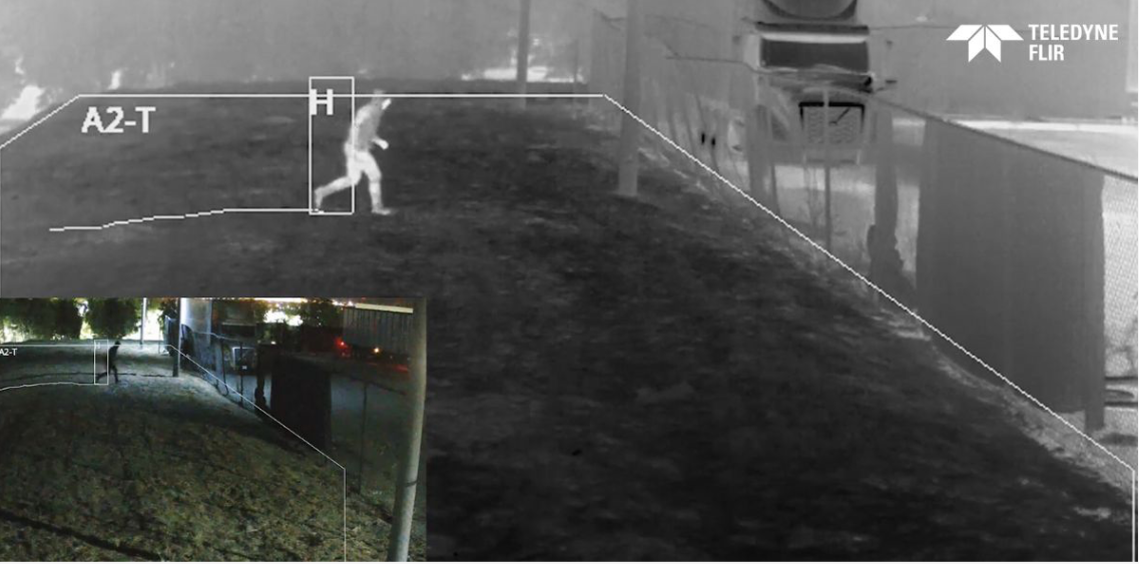
The Importance of Thermal Sensitivity (NETD) for Detection Accuracy

Bosphorus Boat Show 2025: The Meeting Point of the Maritime World
